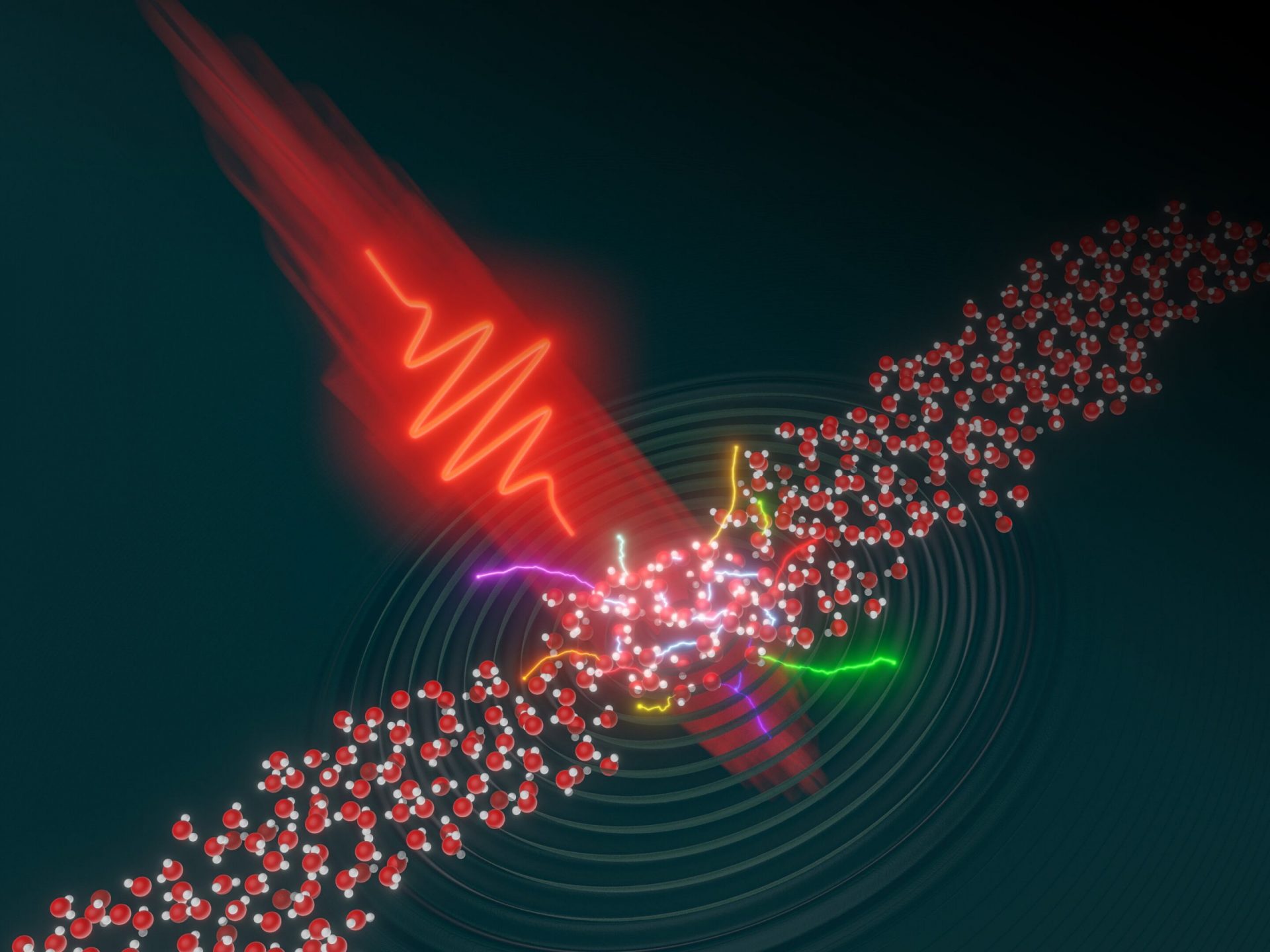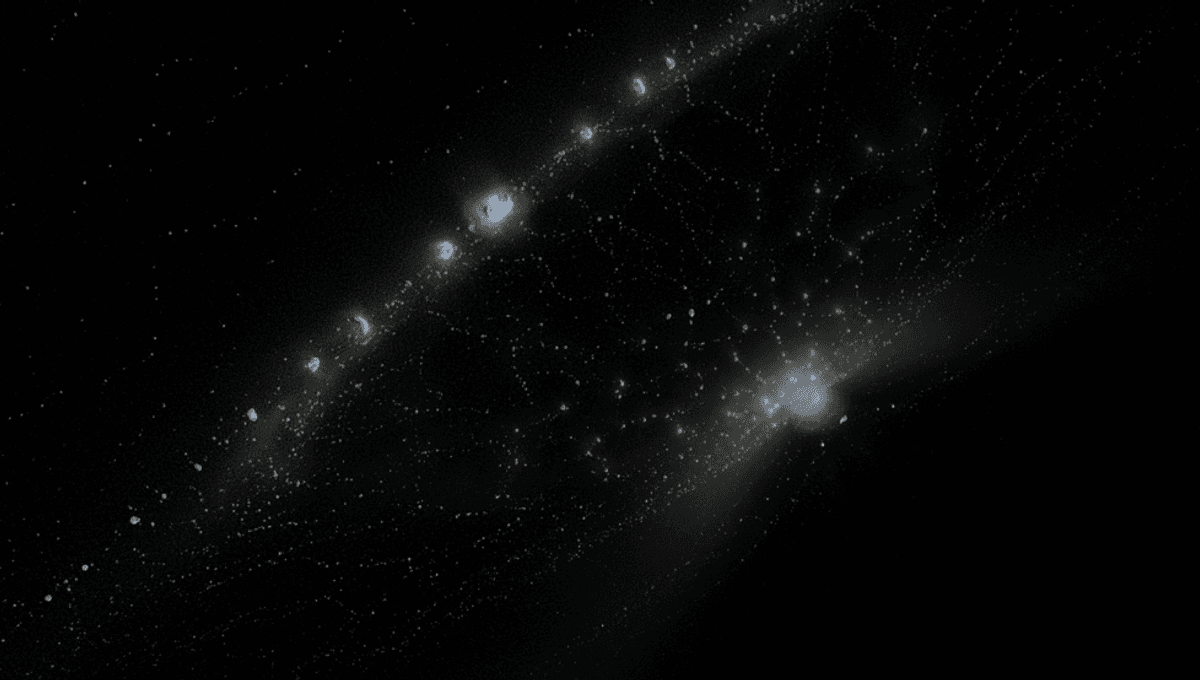An international team of researchers from the Max Planck Institute for the Structure and Dynamics of Matter (MPSD) in Hamburg and ETH Zurich has made an exciting breakthrough. They have discovered a new way to study electron dynamics in liquids using intense laser fields. By analyzing the electron mean free path, which is the average distance an electron can travel before colliding with another particle, they have gained valuable insights into the behavior of liquids.
What makes this discovery even more fascinating is that the mechanism by which liquids emit light, specifically the high-harmonic spectrum, is different from gases and solids. This finding opens up a whole new realm of possibilities for understanding ultrafast dynamics in liquids.
The team used intense laser fields to generate high-energy photons, a technique known as high-harmonic generation (HHG). While HHG has been extensively studied in gases and crystals, very little is known about its effects in liquids. That’s why the Swiss-German research team developed a unique apparatus to study the interaction between liquids and intense lasers.
One of the most intriguing findings was that the maximum photon energy obtained through HHG in liquids is independent of the laser’s wavelength. This raised the question of what factor determines this upper limit. The MPSD Theory group took on the challenge and discovered a crucial connection that had not been uncovered before.
They found that the distance an electron can travel in the liquid before colliding with another particle is the key factor that sets the ceiling on the photon energy. To determine this distance, known as the effective electron mean free path, the researchers developed an analytical model that takes into account the scattering of the electrons.
By combining their experimental and theoretical results, the scientists not only identified the crucial factor determining the maximum photon energy but also performed the first high-harmonic spectroscopy experiment in liquids. This breakthrough establishes HHG as a new spectroscopic tool for studying liquids and represents a significant step forward in our understanding of electron dynamics in this phase of matter.
In conclusion, this research has shed light on the unique behavior of liquids under intense laser irradiation. It has provided valuable insights into electron dynamics and opened up new possibilities for studying liquids using high-harmonic generation. This work represents an important milestone in our quest to understand the dynamics of electrons in liquids.








